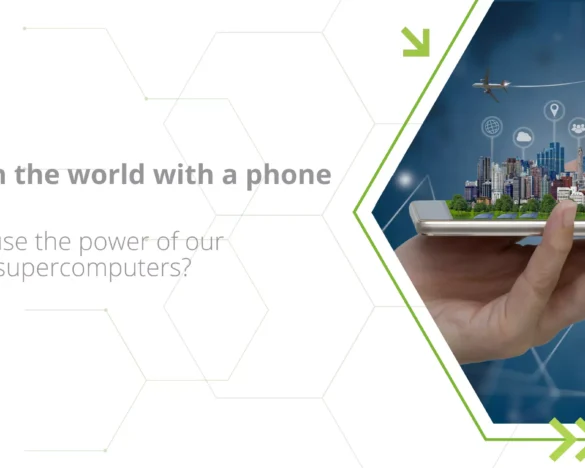Mobile networks and security – greatest threats
A cell phone is one of the items that many people can no longer imagine functioning without on a daily basis. It is used for work, communication, and as a primary source of knowledge or entertainment.
While it provides many benefits that are difficult to overestimate, it can also carry just as many risks that you should be aware of in order to properly protect yourself and your loved ones.
The most popular types of phones – technological change and threats to the network
Intense development and widespread digitalization are changing the face of the modern world. Mobile telephony, which has undergone an incredible metamorphosis in recent years, has also played a large part in this. Several years ago, phones were used mainly for communication – spoken or in the form of short text messages. Today, they are small devices that are multifunctional tools for work, play, or study, that often replace tablets or even computers.
As you can read in the results of the National Media Institute’s Founder’s Survey, as many as 75.8% of Polish people are smartphone owners. Meanwhile, globally, as many as 6.5 billion of smartphones were in use at the beginning of 2023, accounting for about 90% of all phones in use.
Of course, almost all smartphone owners use their phones not only for communication but also as a tool that gives them access to the Internet. Increased capabilities are, of course, associated with a growing number of threats that mobile network owners and users have to deal with.
Most common mobile network threats
The ever-expanding network of communication links, using newer and newer technological advances, also brings further risks. After all, nowadays the mobile network allows the transmission of different types of data – voice calls, texts, and media (e.g. videos or photos). Where do the dangers arise? They are largely due to the constant development and modification of the network, including changes in the protocols used and, more recently, the transition from 4G/LTE to 5G. All this can generate further threats.
What can smartphone owners be exposed to using phones running on different operating systems (Android, Windows, iOS)? The most common problems include data hijacking attempts related to intercepting calls or text messages, tracking the activities of individual users, spamming using fake identities, and taking over social media accounts or email access. Cybercriminals are constantly trying to find a security loophole that will allow them to obtain data that is valuable to them or even take over identities.
After all, let’s remember that in the age of digitalization, huge amounts of valuable data are stored on mobile devices, which should definitely not reach third parties. This is especially true for sensitive information, such as login credentials for apps and bank accounts.
Cyber security in mobile networks
Mobile network operators, aware of the enormous threats posed by cybercrimes, are constantly implementing new solutions to improve the functionality and security of entire networks, their users, and the transmitted data.
This is done using specialized and trusted tools, such as our SigWall, which protects the data of millions of users around the world. What should distinguish such solutions? First and foremost, they must provide the most thorough protection against already known and identified threats, viruses, and malware. At the same time, they should be open solutions that allow for further modification and development to meet the dynamically changing needs and problems of data security not only today but also in the future.
Technological development and risks – the constant search for new solutions
Information is now one of the most prized and desired values that must be protected in every business and private space, including in virtual reality or mobile networks. To achieve this, there must be close cooperation between network operators and companies specializing in security software, based not only on a one-time deployment of a specific tool but also on monitoring the network and reacting quickly when new threat factors emerge. After all, constant technological development does have a dark side, and cybercriminals are definitely not resting on their laurels.





